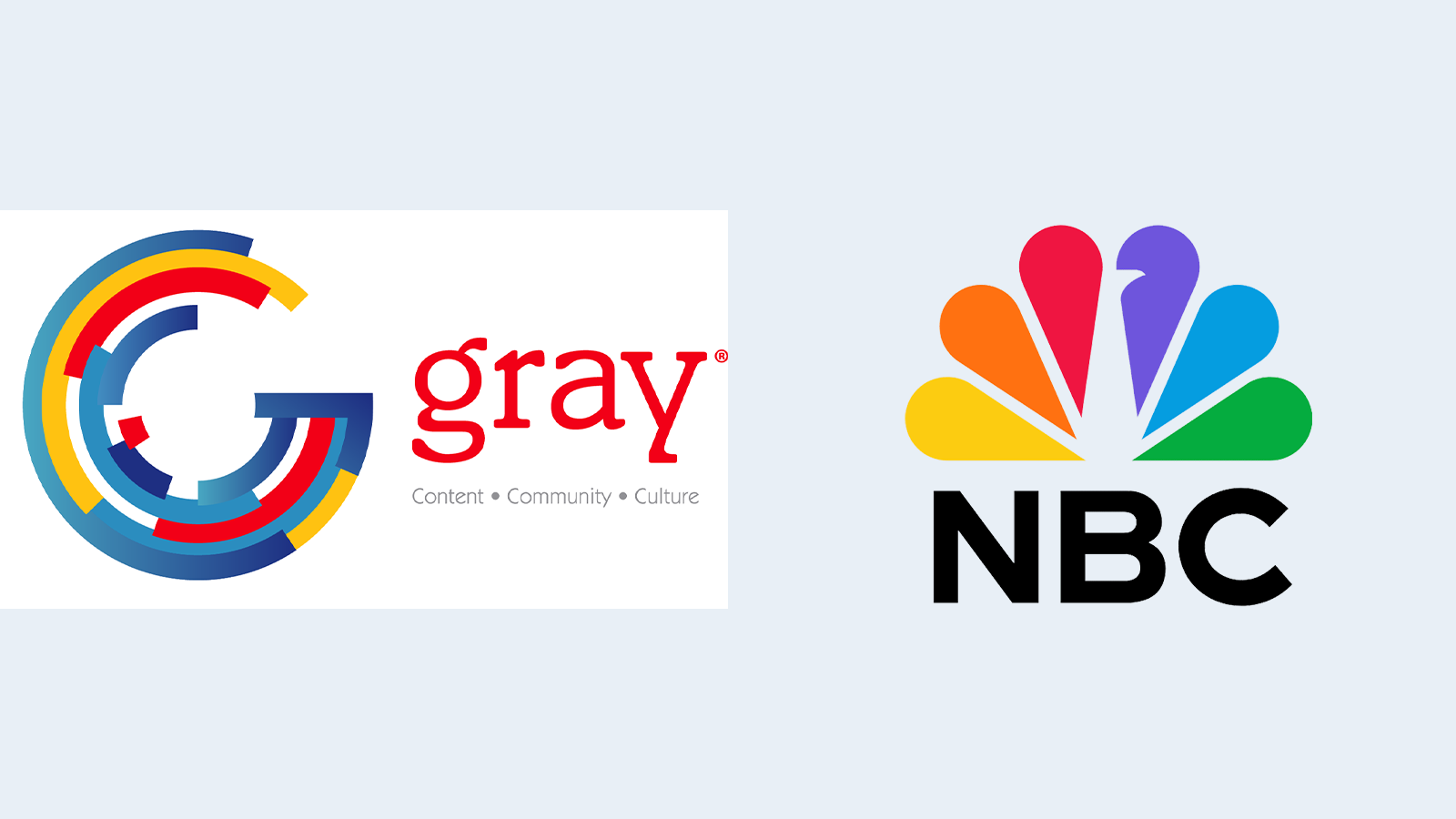Study Backs NAB Concerns About Unlicensed Devices on TV Channels
The National Association of Broadcasters (NAB) and the Association for Maximum Service Television filed comments on the FCC Notice of Proposed Rulemaking to allow unlicensed devices to operate on unused TV channels. The NAB/MSTV comments included studies showing that under the proposed rules, these unlicensed devices could radiate enough signal to desensitize TV tuners on channels other than those used by the unlicensed devices and could even affect reception of satellite and cable TV signals due to ingress into the cable wiring.
The NAB/MSTV comments stated "The attached technical study (Exhibit A, Appendix 1), prepared by Communications Research Centre Canada for MSTV, demonstrates that operation of portable devices in the television broadcast spectrum under the Notice's proposed technical parameters will cause both analog and digital television sets to go blank on all channels of the receiver when such devices are operated indoors."
In addition to the CRC study, the filing included a study by Techware showing that during the digital transition, there is little or no "white space" spectrum available outside of unpopulated areas.
NAB and MSTV are also concerned that the NPRM does not provide "a feasible mechanism for enforcement against harmful interference from unlicensed devices," noting that if viewers are unable to receive a station's signal, they may simply assume the interference is caused by a problem with the station's transmitter or their TV sets and not report it. "They are more likely to change the channel than they are to call the broadcaster," the comments state. Even if the interference were reported, it would be difficult if not impossible to find the source of interference and shut it down. Interference is likely, NAB and MSTV state, because unlicensed devices are not able to reliably determine whether a television channel is vacant. NAB and MSTV explain why relying on a static database, a control signal, or monitoring of the channel by the unlicensed device would not work.
MSTV and NAB said that if the FCC decides to continue to proceed with shared use of the broadcast TV spectrum, it should wait until after the DTV transition is complete. It also must specify more precisely the operating parameters for unlicensed devices and the methods for avoiding interference. The comments noted that the FCC did not propose a specific propagation model for determining the level of undesired signals. "Before proceeding with any proposal, the Commission should specifically articulate the parameters of new operations that would be authorized to use the same spectrum as the public's television service.
I'll be covering this topic in more detail in my January 2005 RF Technology column. For more information now, refer to the Joint Comments of the Association for Maximum Service Television Inc. and the National Association of Broadcasters as well as Exhibit A containing reports on the studies and Exhibit B showing the lack of vacant channels in the New York/Philadelphia area. Also see the FCC Notice of Proposed Rulemaking. The NPRM was described in RF Report for June 2, 2004.
The professional video industry's #1 source for news, trends and product and tech information. Sign up below.
